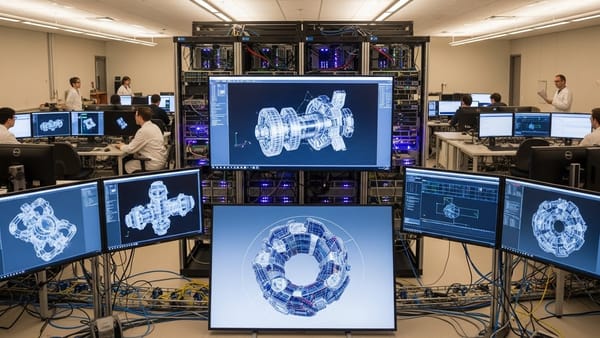OpenAI, Meta Diversify AI Product Lines: OpenAI and Meta launch social video apps while ChatGPT adds Pulse and Instant Checkout
OpenAI and Meta, which have been content to offer standalone chatbots or tuck them into existing products, introduced dueling social video networks and other initiatives designed to boost revenue and engagement.

OpenAI and Meta, which have been content to offer standalone chatbots or tuck them into existing products, introduced dueling social video networks and other initiatives designed to boost revenue and engagement.
What’s new: OpenAI’s Sora 2 is a TikTok-style app that lets users share 10-second clips, while Meta’s Vibes enables Facebook users to generate new videos or remix existing ones. In addition, OpenAI launched ChatGPT Pulse, which creates personal briefings based on recent chats and data from connected apps like calendars, and Instant Checkout, which allows ChatGPT users to shop as they chat.
How it works: The new initiatives take advantage of existing AI capabilities to boost engagement and bring in revenue.
- Sora 2: OpenAI’s social video app, which topped the iOS App Store leaderboard over the weekend, lets users generate a limited number of 10-second, 640x480-pixel clips, while subscribers to ChatGPT Pro ($200 per month) can produce unlimited 20-second, 1920x1080-pixel clips. Users can generate their own likenesses and permit others to do so (as OpenAI CEO Sam Altman did, inspiring his audience to generate clips of him shoplifting GPUs at Target, among other antics). The company tightened restrictions on the use of anime and other characters after rightsholders complained, Altman wrote in a blog post.
- Vibes: Meta’s social video feed appears under a free tab in its Meta AI app or on the Vibes web site. Users can’t put themselves into the action, but they can generate clips based on images they upload or remix existing videos in their feed while adding music and altering visual styles. Generated videos can be posted to Instagram and Facebook.
- ChatGPT Pulse: Pulse is a new kind of personal news-and-productivity service. It tracks users’ chats, emails, and calendar entries and creates cards designed to anticipate users’ concerns and provide related news, reminders, suggestions, and tips. The service is currently limited to subscribers to ChatGPT Pro, but OpenAI says eventually it will be free for all users in some form.
- Instant Checkout: ChatGPT users who request product recommendations can buy suggested items from Etsy and Shopify without leaving the chatbot’s user interface. OpenAI earns fees on sales, a structure akin to affiliate links that generate revenue for product recommendation services like Wirecutter; the company says its commissions will not influence ChatGPT’s suggestions. Purchases made in ChatGPT are processed via the Agentic Commerce Protocol, a partnership between OpenAI and the payment processor Stripe that is similar to Google’s Agent Payments Protocol.
Behind the news: For revenue, OpenAI so far has relied on chatbot subscriptions, which account for roughly 80 percent. However, only a tiny fraction of ChatGPT’s 700 million weekly active users subscribe. Tactics such as imposing rate limits persuade some to sign up, but personal productivity, shopping commissions, and advertising offer ways to earn money from the rest.
Why it matters: Products based on generative AI are already well established, but they’re still in their infancy, and an infinite variety of AI-powered consumer products and services remains to be invented. OpenAI’s ChatGPT Pulse is a genuinely fresh idea, using agentic capabilities to deliver timely, personalized information and perspective in any domain. Both OpenAI and Facebook are experimenting with social video, giving users new ways to entertain friends and express themselves. And, of course, melding large language models with digital commerce may come to feel natural as people increasingly turn to chatbots for purchasing advice.
We’re thinking: The financial success of such AI-driven products is bound to have a powerful impact on future directions of AI research and development.




